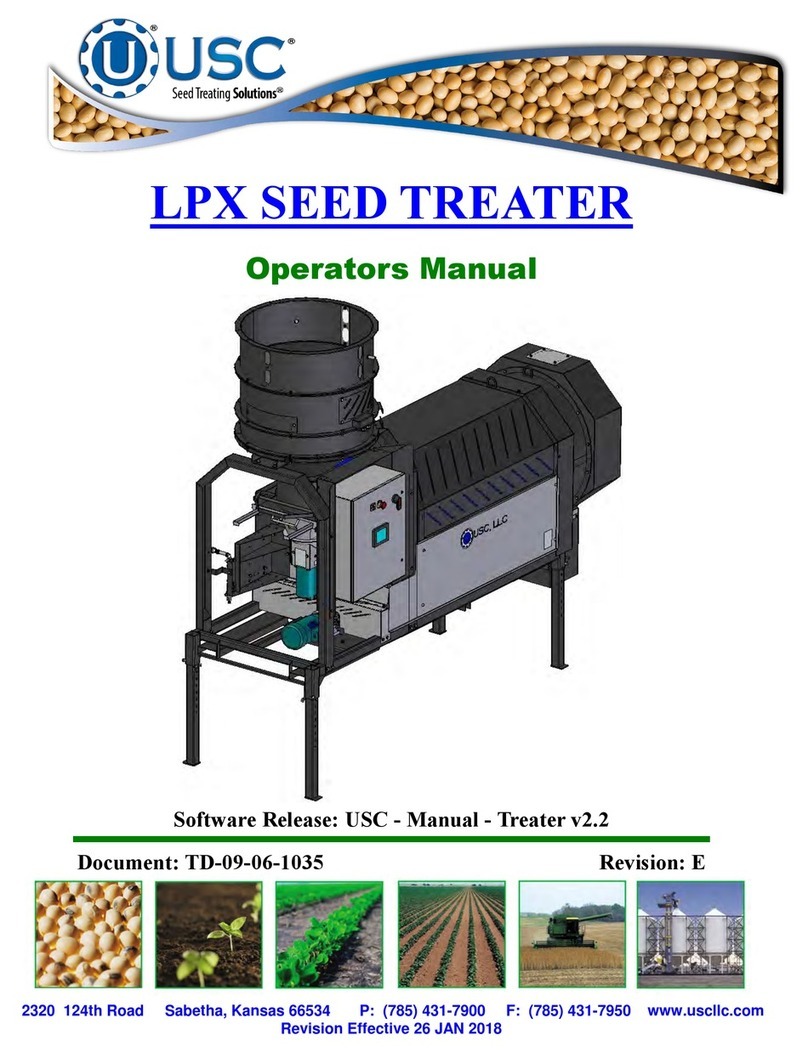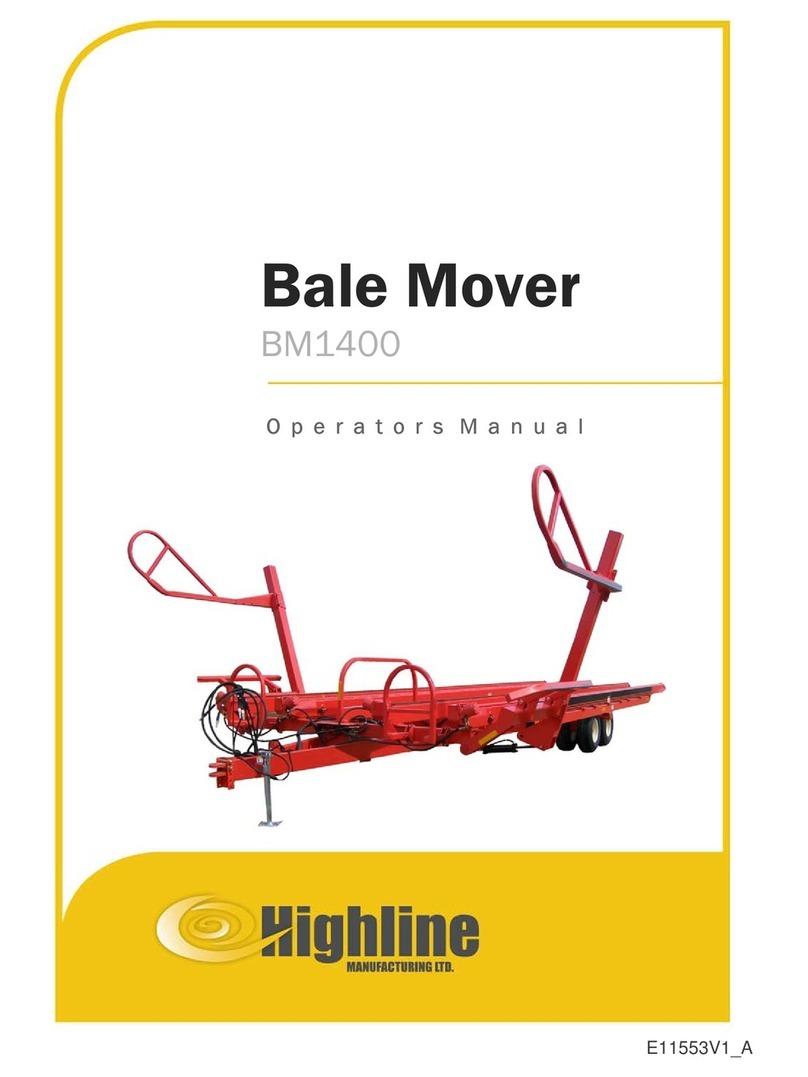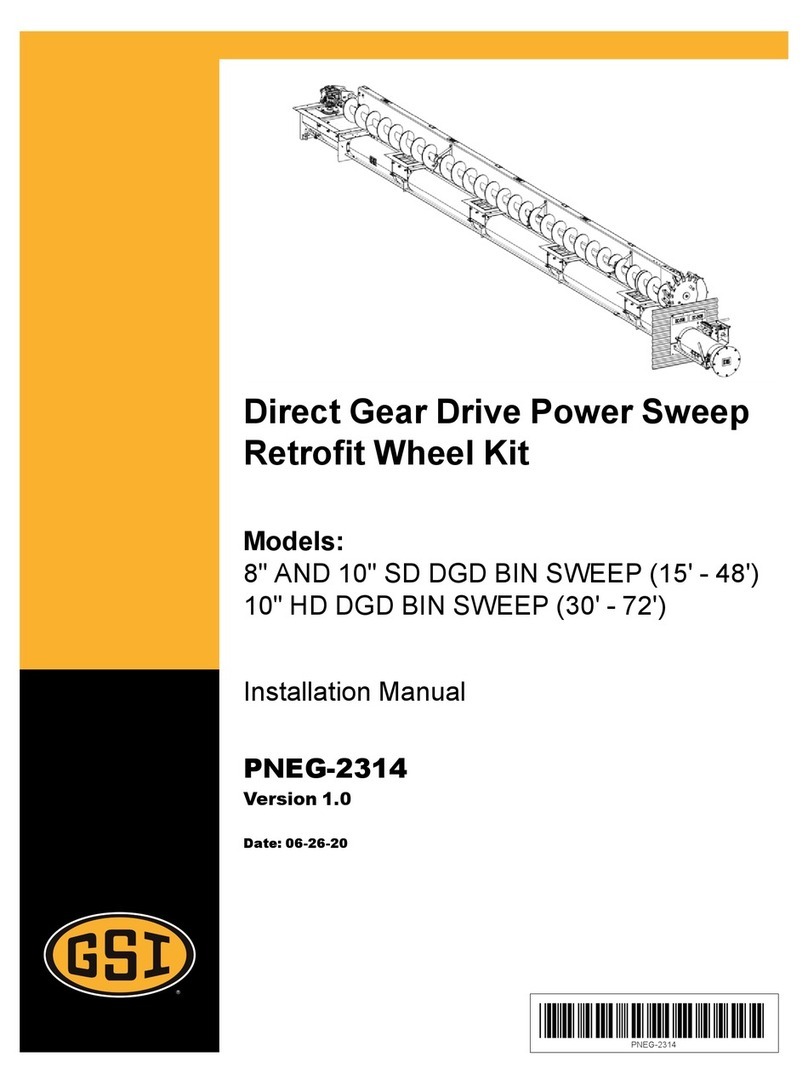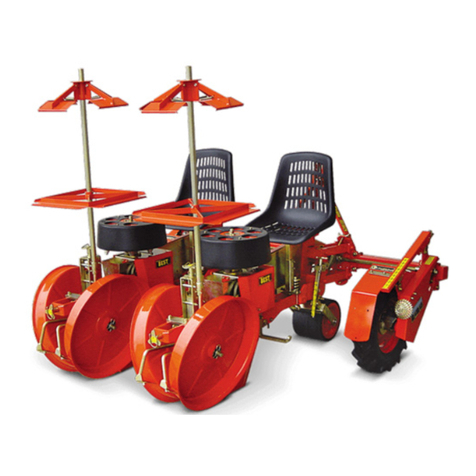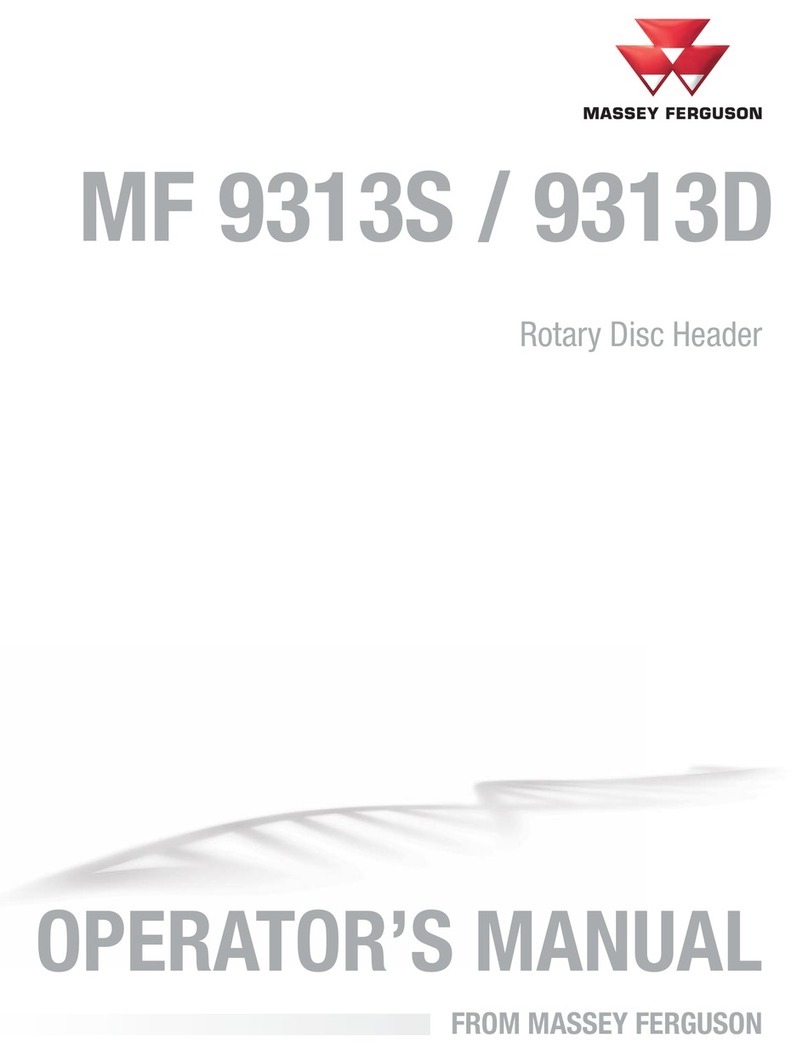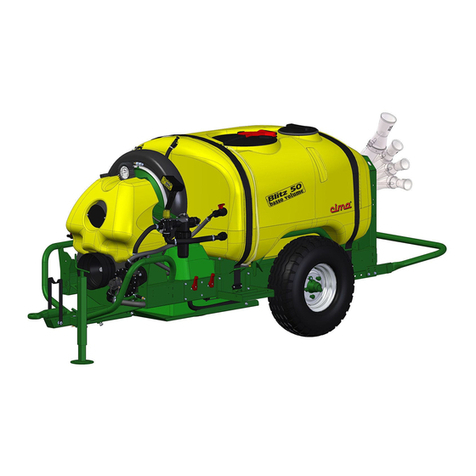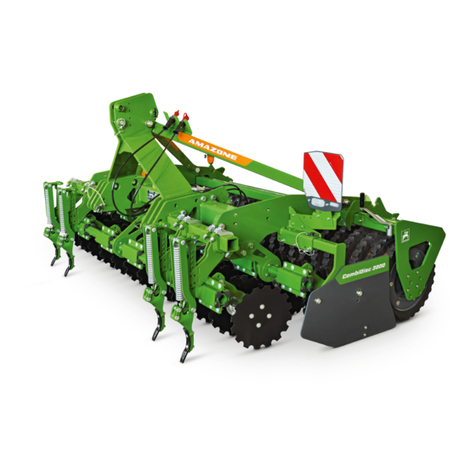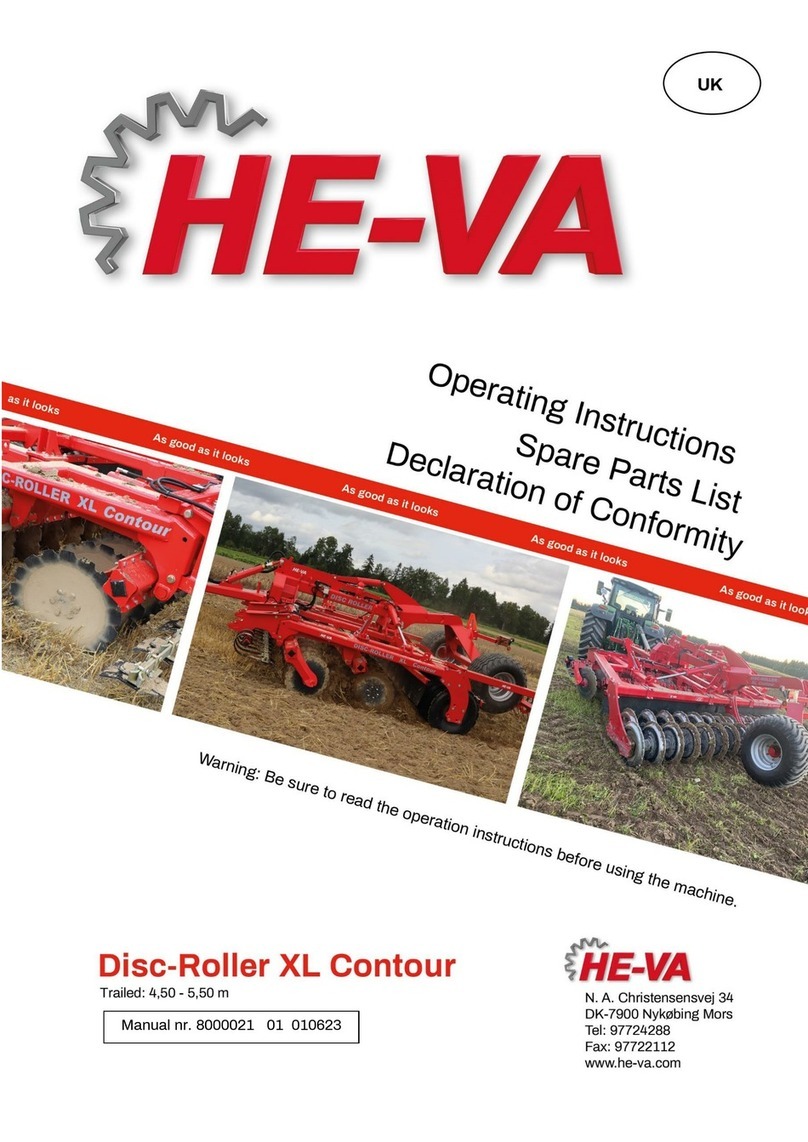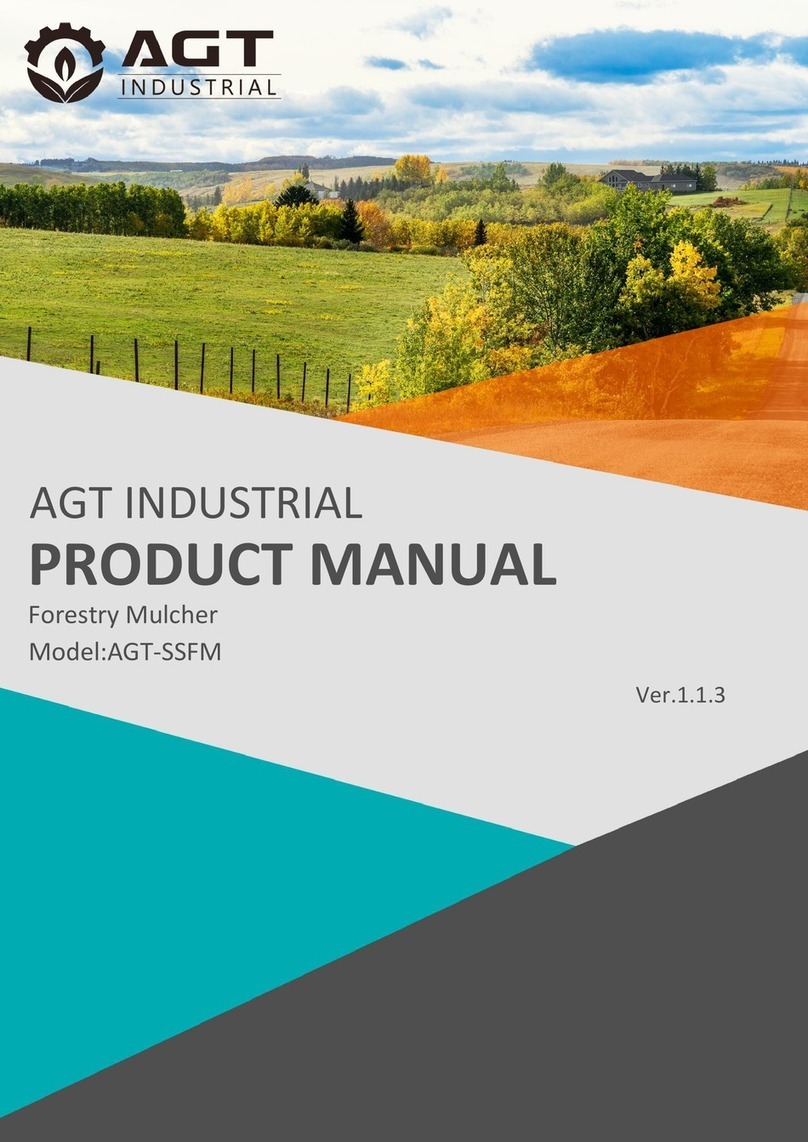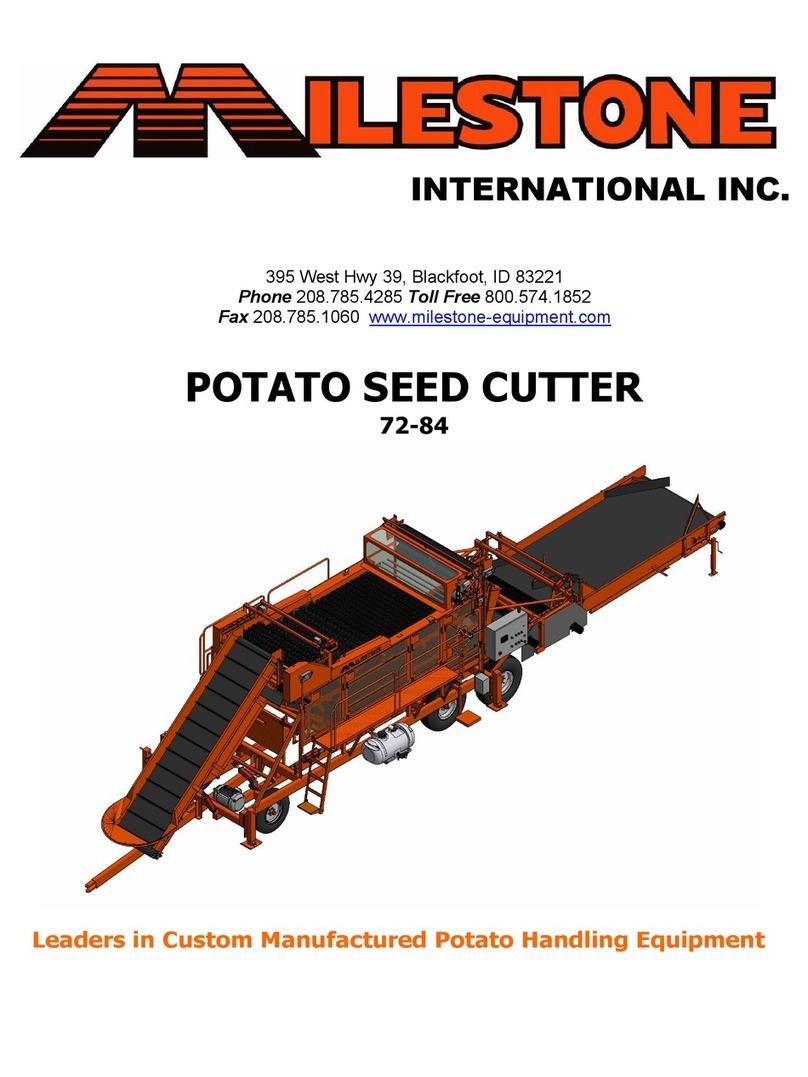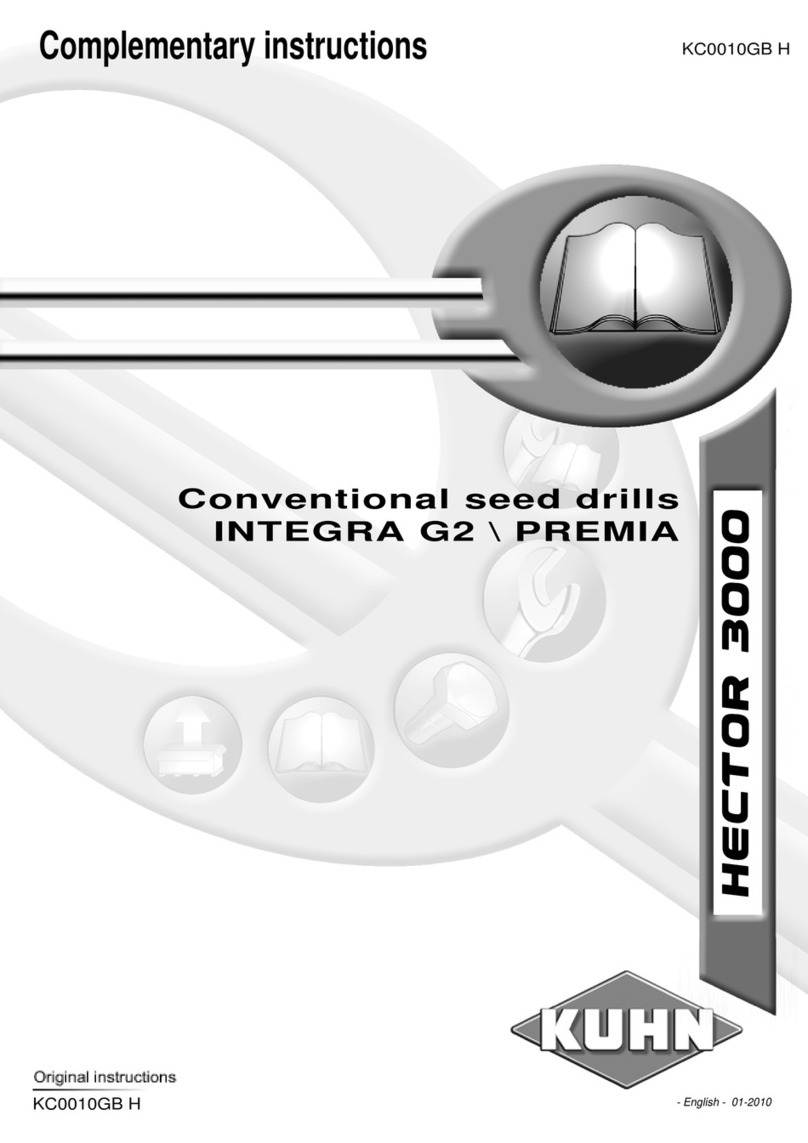USC LPH800 User manual
Other USC Farm Equipment manuals

USC
USC Seed Wheel User manual
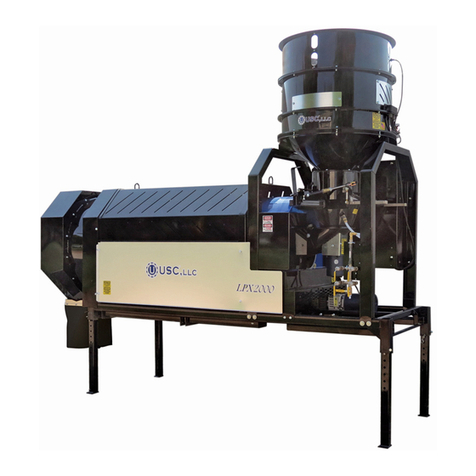
USC
USC LPX Series User manual

USC
USC AT500H DUAL PUMP STAND User manual
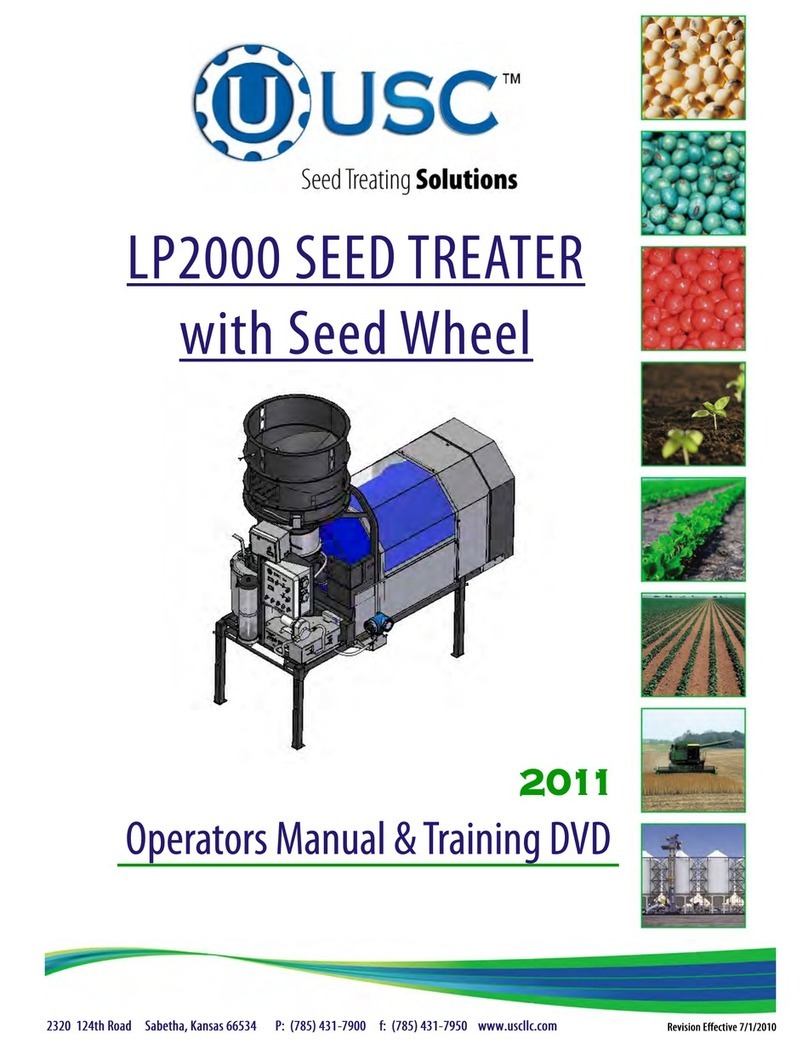
USC
USC LP2000 User manual

USC
USC LPV100 User manual

USC
USC LPX2000 User manual
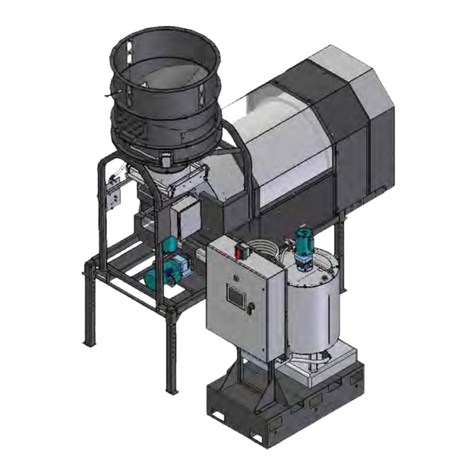
USC
USC MX2500 User manual
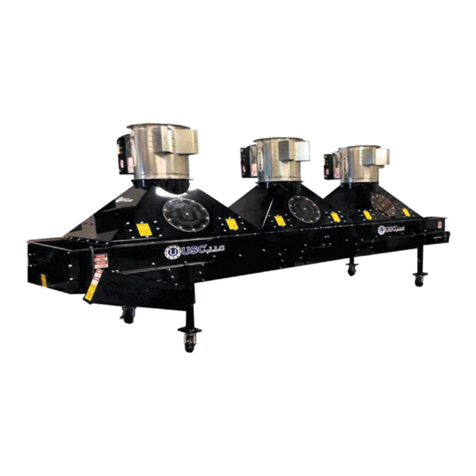
USC
USC SEED CONDITIONER User manual
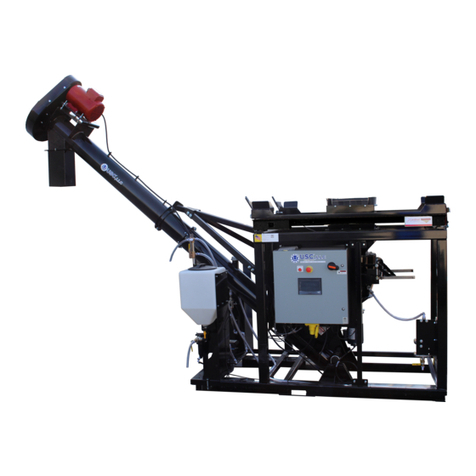
USC
USC AT500H DUAL PUMP STAND User manual
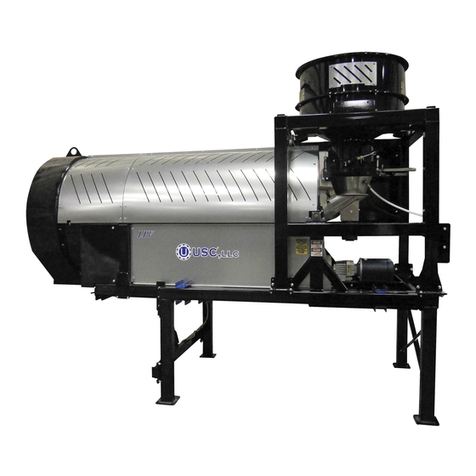
USC
USC LPV Series User manual

USC
USC LPV Series User manual

USC
USC LPV User manual
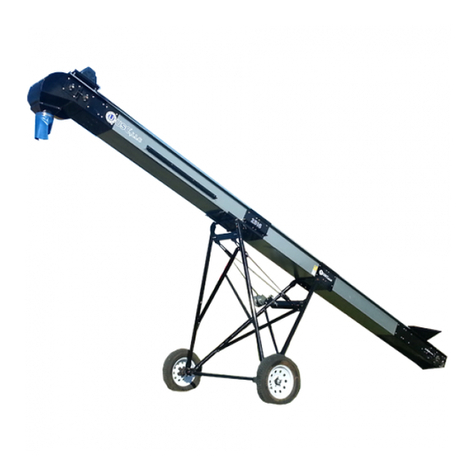
USC
USC SEED 16 Series User manual
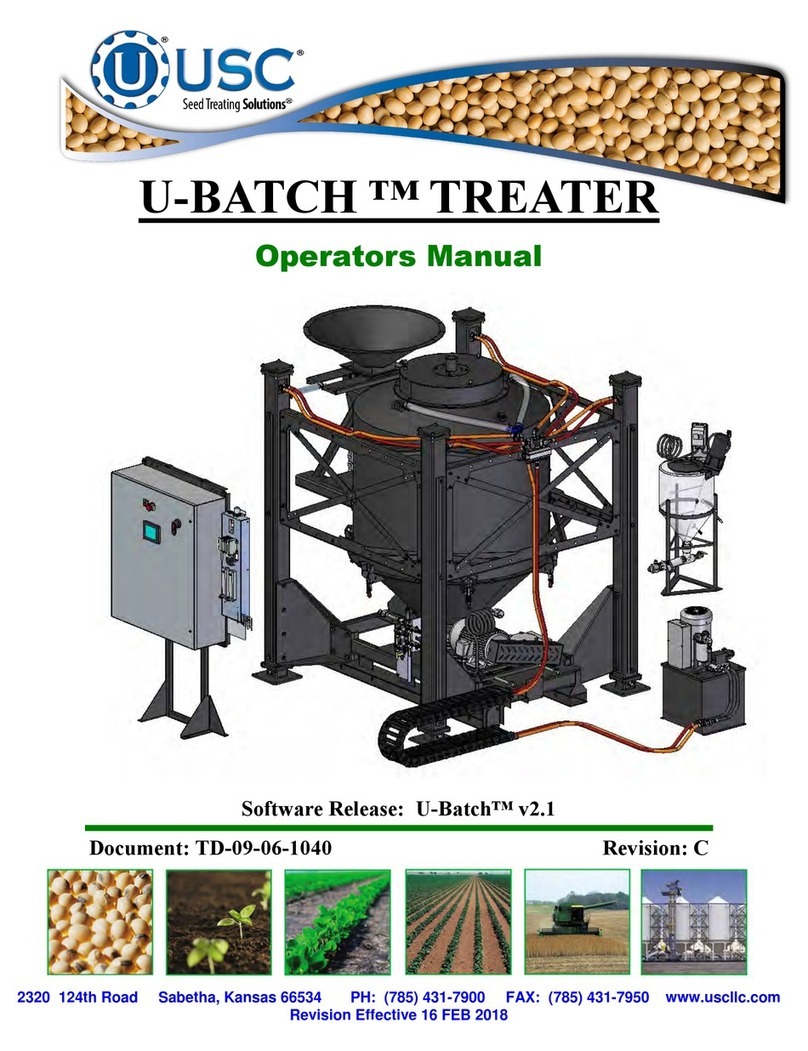
USC
USC U-Batch User manual
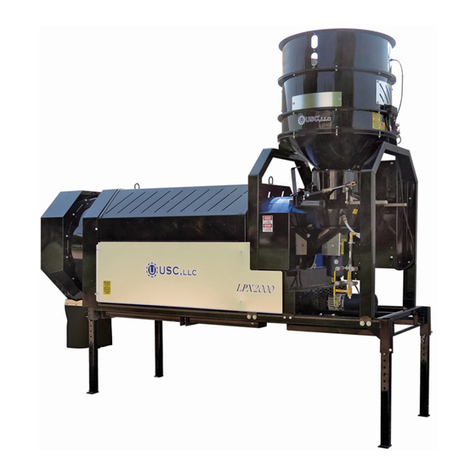
USC
USC LPX User manual

USC
USC LPX User manual
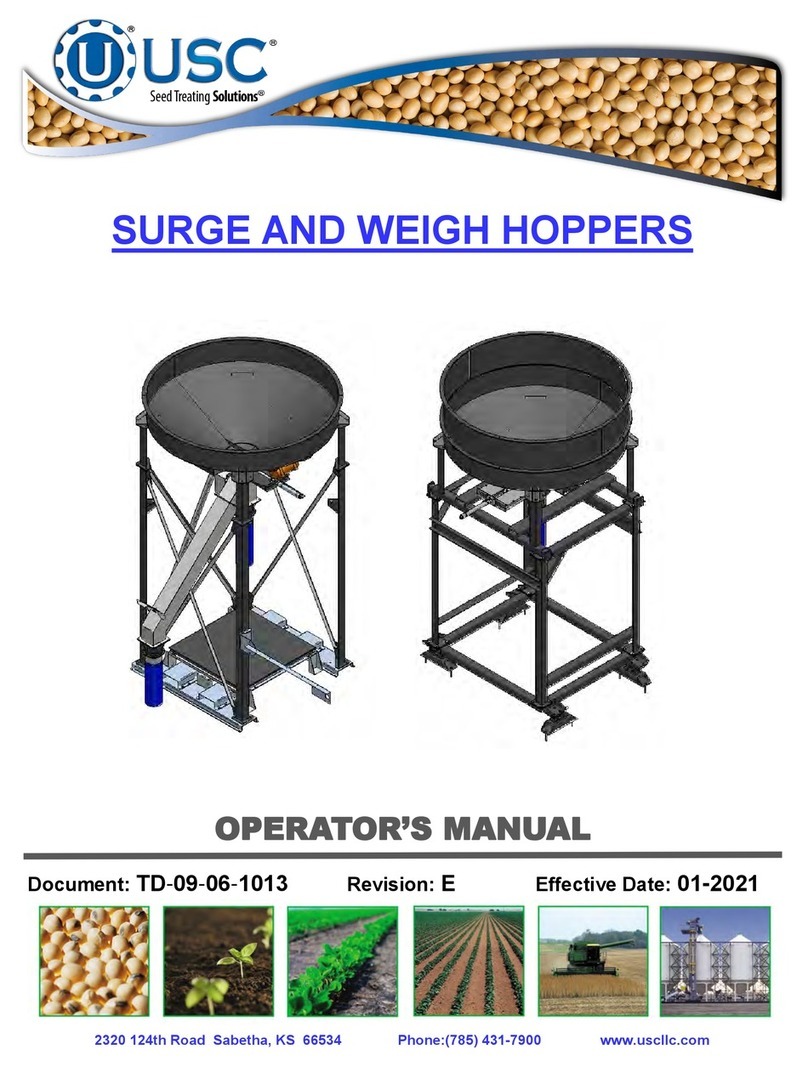
USC
USC Surge Hopper User manual
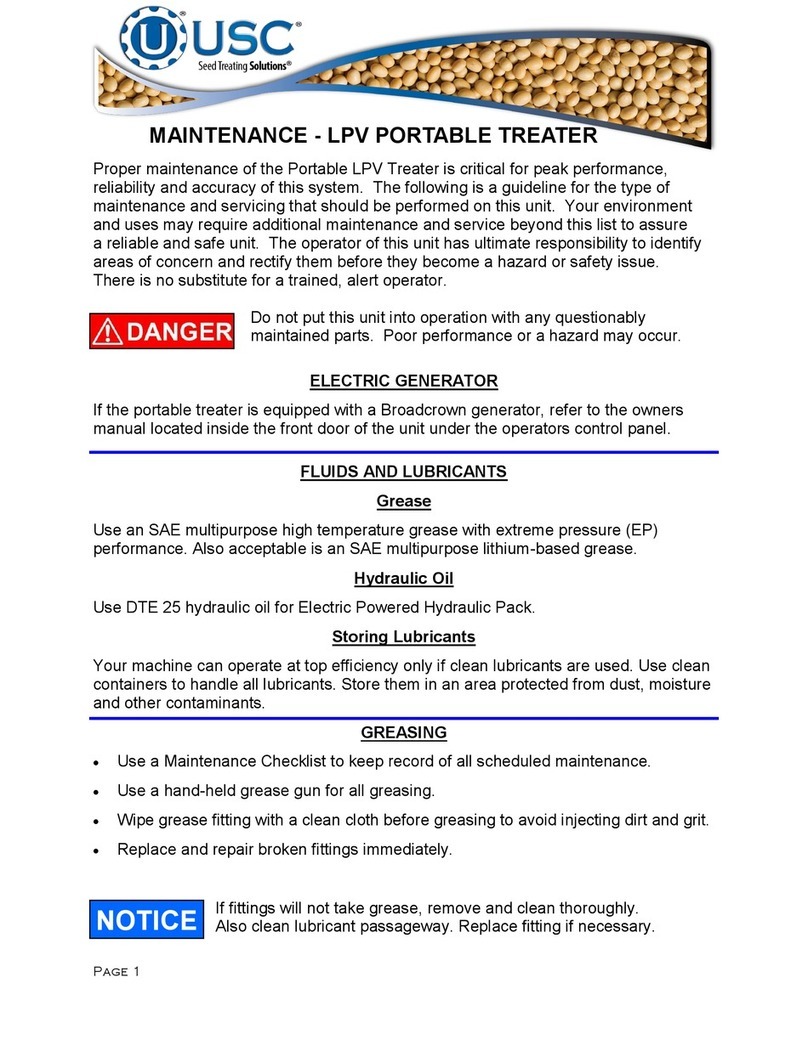
USC
USC LPV PORTABLE TREATER Guide

USC
USC AT500H DUAL PUMP STAND User manual

USC
USC AT500H DUAL PUMP STAND Operating instructions
Popular Farm Equipment manuals by other brands
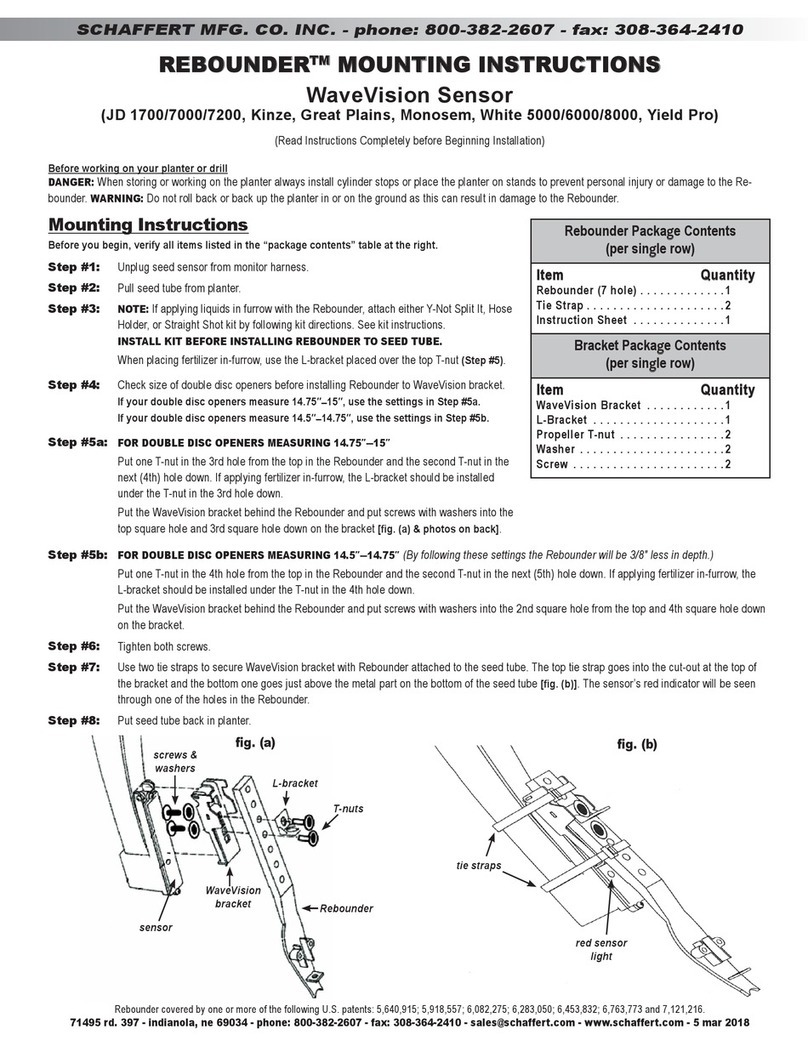
Schaffert
Schaffert Rebounder Mounting instructions

Stocks AG
Stocks AG Fan Jet Pro Plus 65 Original Operating Manual and parts list
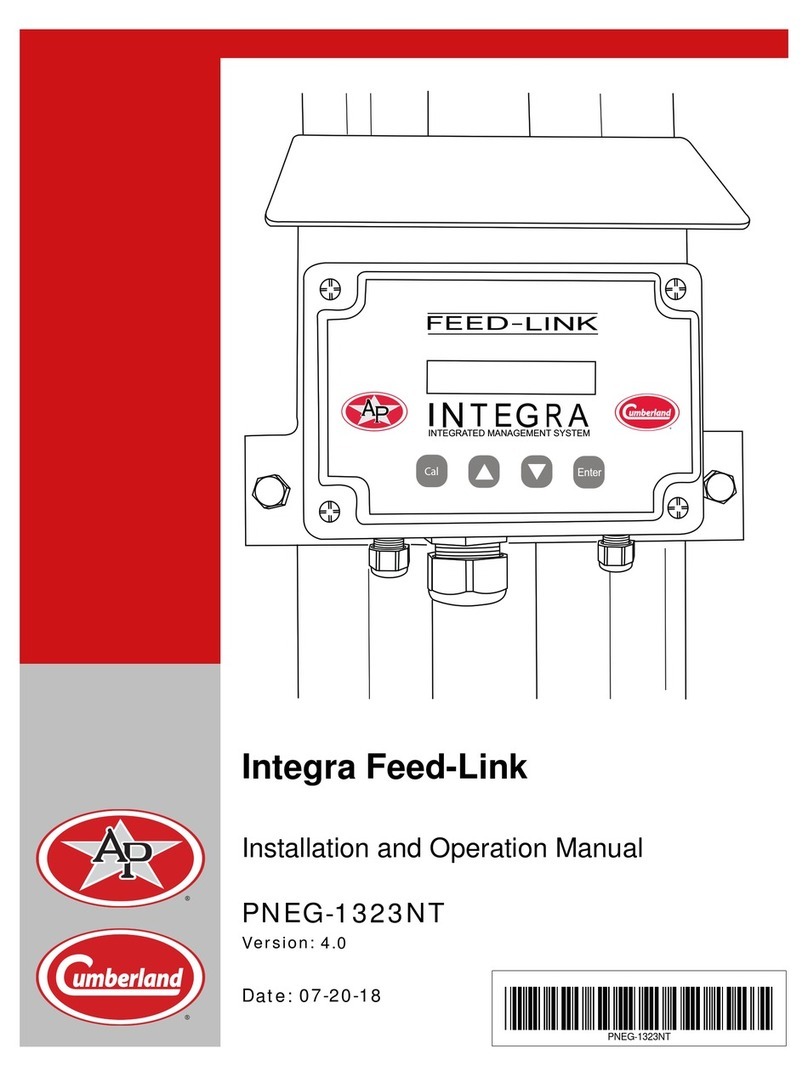
Cumberland
Cumberland Integra Feed-Link Installation and operation manual
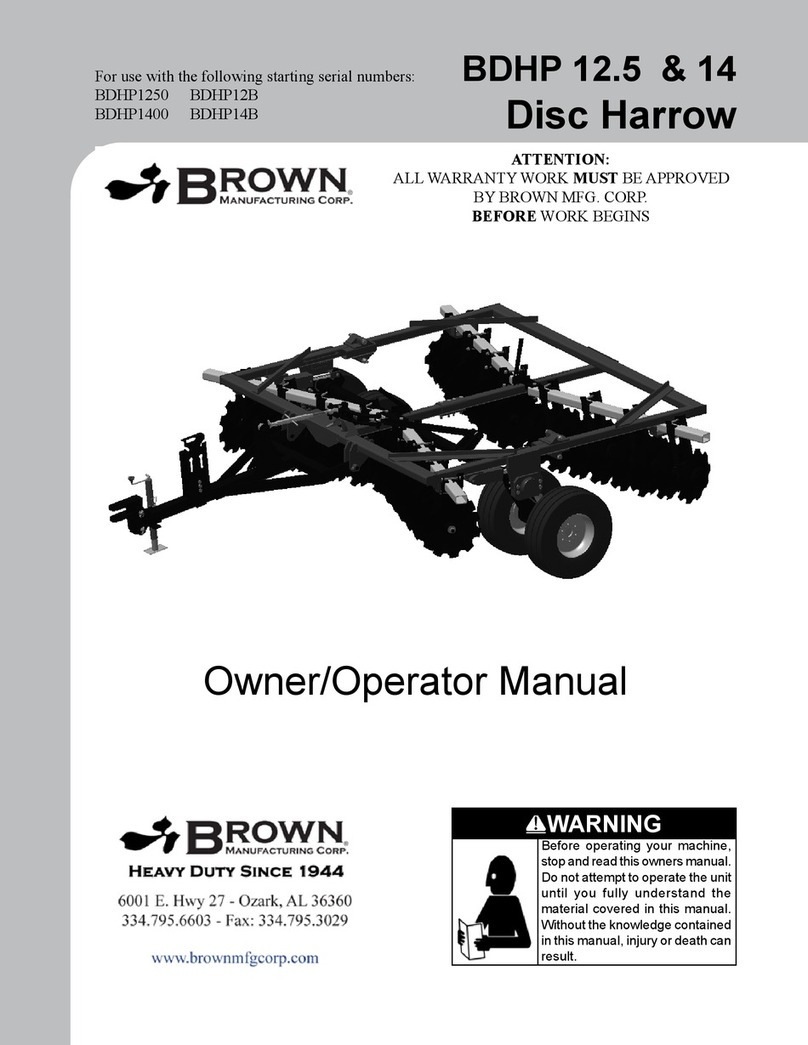
BROWN
BROWN BDHP-1250 Owner's/operator's manual
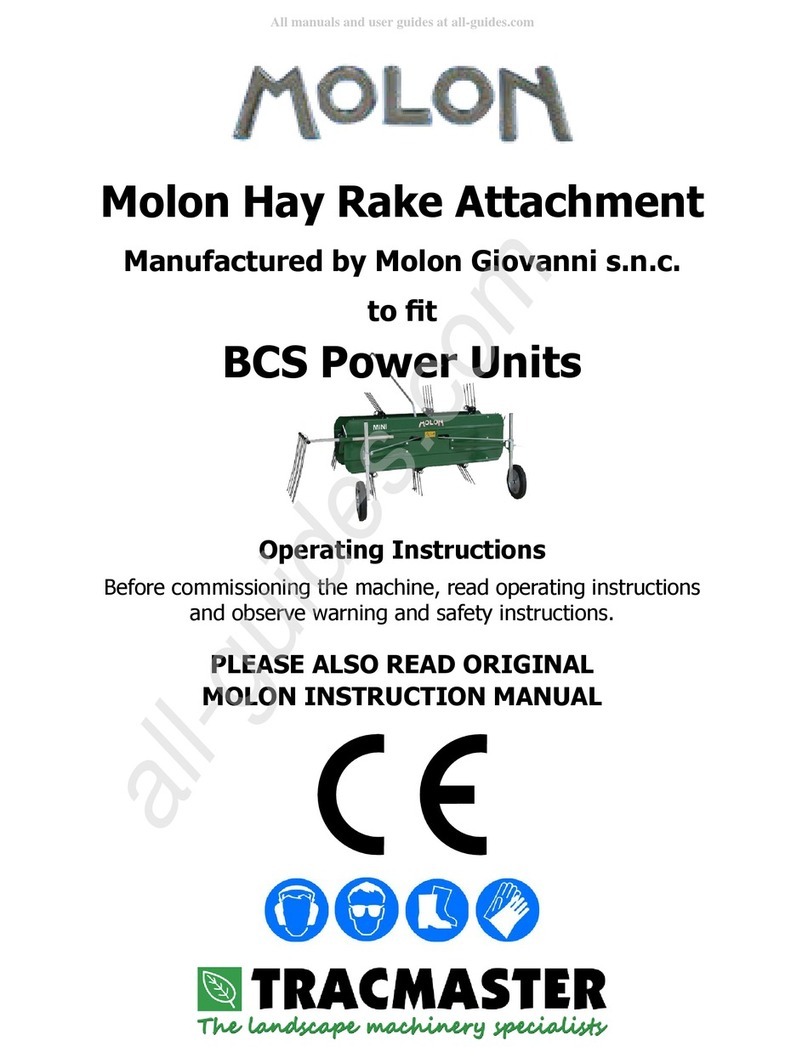
Molon
Molon BCS operating instructions
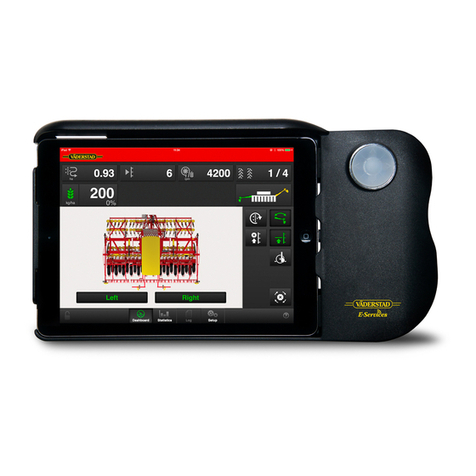
Vaderstad
Vaderstad Rapid Series instructions
